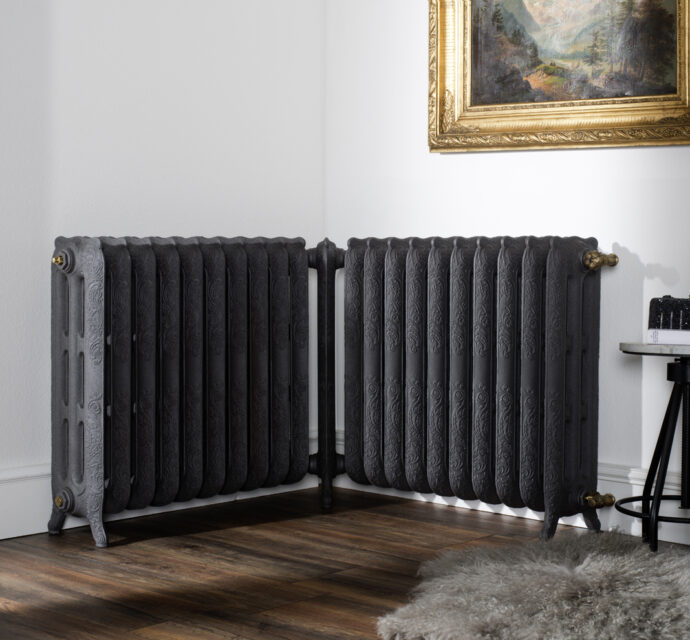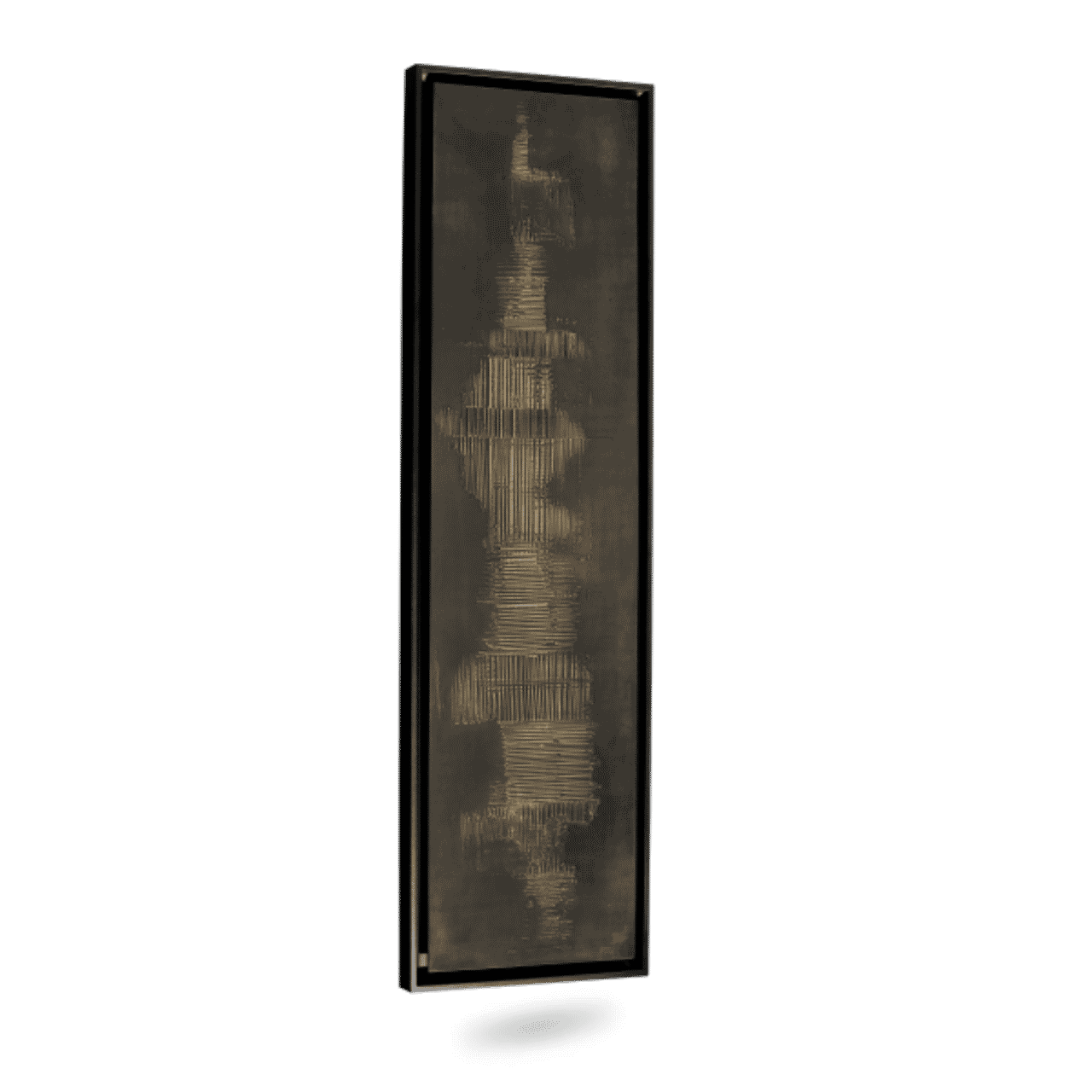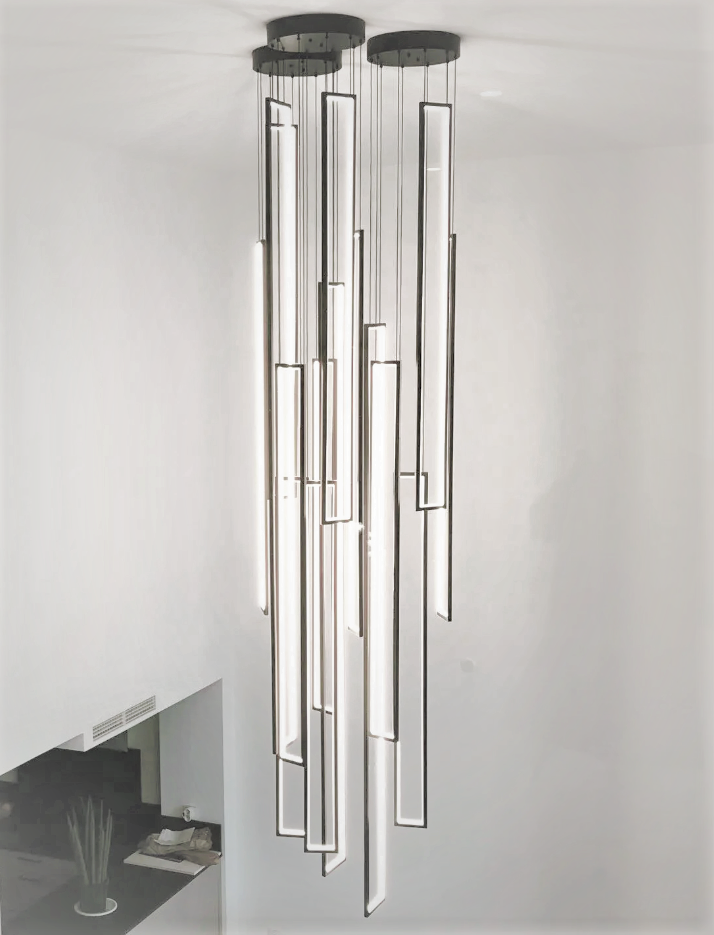
Quality of water used in a hydronic heating system for cast iron radiators?
Recommendation and restriction on the quality of water:
Water hardness :
According to VDI 2035, Part 1, no special requirements (with the exception of circulating water heaters and electrically heated systems) are applied to systems with a maximum power of 50 kW.
From 51 kW of power, the sum of the alkaline earth and the total hardness must be limited to the maximum. This can cause softening of the water.
According to VDI 2035, leakage from sealing points is returned to partially or completely softened water.
The leaks caused by the formation of a salt crust are first to be seen. Later, phenomena of water leakage and corrosion can occur in the sealing area.
The structure of the seals used has a swelling effect. It is possible that the carrier medium diffuses through the joint. First, the water (carrier) evaporates to the surface. This creates an enrichment of the water content at the sealing edge.
In the case of partially or fully softened water, sodium hydrogencarbonate is initially present instead of calcium hydrogencarbonate. This can be converted into easily soluble and strongly alkaline sodium carbonate at the sealing edge. This carbonate can decompose the organic components of the seals and the sealing material by hydrolysis. As a result, the water permeability of sealants is greatly increased. This leads to leaks.
Water-glycol mixture: The diffusion performance of the joints is considerably increased by reducing the surface tension of the glycol mixture. Slight leaks can therefore clearly appear at the Fonte radiator joints.
“Dryoxygen” reduction:
The chemical reduction of oxygen depends on several factors. Concentration of oxygen content, reducing agent concentration, PH content and temperature.
The relevance and the dosage of the agent must therefore be determined by experts. The toxicological and physicochemical properties must be respected.
Especially when salt-like oxygen-based binders are used, problems with increasing leakage of sealing points (VDI 2035) through the heating water, resulting in the formation of a crust of salt and corrosion of joints.
Inhibitors:
The purpose of corrosion inhibitors is to prevent from any corrosion by oxygen. It should be noted that, if the anodic inhibitor is underdosed or the local inhibition of access to the anodic inhibitor is inhibited, increased corrosion formation may occur in the unprotected anodic region.
One type of inhibitor is film-forming amines. Portions of these amines have a dispersing effect and can dissolve existing deposits. The film-forming amines are generally not very compatible with phosphates and can alter their functions. This can lead to failure of elastomeric materials, rejections or decompositions of resins and oxidation. As a result, the radiator seals may also be attacked or deposits in the boilers and radiators may form.
Joint assembly:
It is supposed to pay high attention to the installation of all flat gaskets. Only properly installed joints prevent structural changes and leaks.
The thickness of joints is 1.5 mm.
The tightening torque of BELLE EPOQUE cast iron radiators is 320 Nm minimum.
In summary :
From 51 kW of power, special requirements are imposed on water (plant medium). With the cooperation of different systems, chemical, biochemical, toxicological and physical reactions, it is imperative to consider a water treatment professionally.
This can only be guaranteed by specialized companies.
Cast iron radiators are equipped with flat gaskets, like any other radiator, flange or pump fitting. These can lead to corrosion in case of improper composition of the preheating water or misinterpretation of the installation conditions.
BELLE EPOQUE cast iron radiators have a below average leakage and corrosion rate. Defective water can cause leakage and corrosion. These are not factory defects and are not subject to the usual manufacturer’s warranty.
With proper operation, cast iron radiators have historically operated for over 100 years.
It is generally recommended to use oxygen-free water in accordance with VDI 2035 for the operation of cast iron radiators.
If a water preparation of the heating system becomes necessary the responsibility of the preparation and the safety of the resulting system is the responsibility of the operator of the installation or the responsible specialist company.
The large number of chemical / physical events and contractions in large heating systems can not be estimated by the manufacturer during production.
These should only be evaluated on site and system-specific by experts.
If there happening leaks in multiple radiators, or flanges, pump connections, hemp spikes, valves, fittings, the first to be checked and verified is the chemical compatibility of the aqueous additive and its impact on the system





